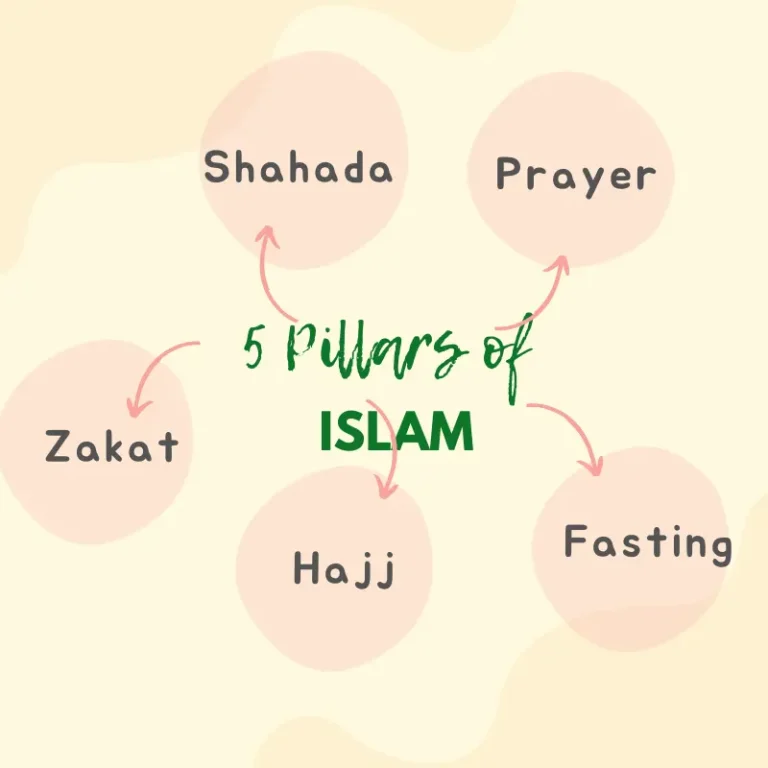Ziarat-e-Ashura: A Sacred Pilgrimage to Commemorate Imam Husayn’s Martyrdom
Ziarat-e-Ashura is a significant pilgrimage that holds immense spiritual and historical importance for millions of Shia Muslims worldwide. This sacred journey is undertaken to commemorate the martyrdom of Imam Husayn ibn Ali, the grandson of Prophet Muhammad, and his loyal companions in the Battle of Karbala. In this article, we will explore the history, rituals, and significance of Ziarat-e-Ashura, delving into the profound impact it has on the hearts and minds of believers.
The Historical Context: Battle of Karbala
The Battle of Karbala, which took place in 680 AD, was a defining moment in Islamic history. It marked the culmination of a power struggle for leadership following the demise of the Prophet Muhammad. Imam Husayn, the grandson of the Prophet, chose to stand up against injustice and tyranny, confronting the oppressive ruler Yazid. Despite being vastly outnumbered, Imam Husayn and his companions valiantly fought for justice and truth, sacrificing their lives in the process.
Understanding Ziarat
Ziarat, in its essence, means a visitation to a sacred place associated with a religious figure or event. It is an act of reverence and devotion, where believers seek spiritual blessings and closeness to the divine. Ziarat can take various forms, ranging from visiting the tombs of prophets and saints to pilgrimages to holy cities. Ziarat-e-Ashura focuses specifically on the events of Karbala, allowing followers to pay their respects and seek intercession from the martyrs.
Significance of Ziarat-e-Ashura
Ziarat-e-Ashura holds deep significance for Shia Muslims. It serves as a solemn reminder of the sacrifices made by Imam Husayn and his loyal companions in their struggle against oppression. This pilgrimage is an embodiment of grief, resilience, and unwavering faith. It reinforces the values of justice, truth, and standing up against tyranny, inspiring individuals to emulate the virtues exhibited by the martyrs of Karbala.
Preparation for Ziarat-e-Ashura
Embarking on the pilgrimage of Ashura requires meticulous preparation and spiritual readiness. Pilgrims engage in fasting, recitation of prayers, and acts of charity in the days leading up to their journey. They purify their intentions and hearts, seeking a deep connection with Imam Husayn and the principles he upheld. The preparations foster a sense of anticipation and devotion, enhancing the pilgrims’ overall experience.
The Rituals and Process of Ziarat
Upon reaching the holy city of Karbala, pilgrims commence their Ashura journey. They follow specific rituals, including circumambulating the shrines, reciting supplications, and engaging in mourning processions. Pilgrims engage in chest-beating, recitation of elegies, and shedding tears as expressions of grief and solidarity with Imam Husayn’s martyrdom. The atmosphere is filled with a somber yet spiritually charged ambiance.
Visiting the Shrines in Karbala
Central to Ashura is the visitation of the shrines of Imam Husayn and his companions. The shrines, meticulously adorned with exquisite architecture, serve as the focal point of reverence and devotion. Pilgrims offer prayers, seek intercession, and engage in heartfelt conversations with the revered figures buried there. The experience is both deeply personal and profoundly communal, as individuals connect with the spiritual legacy of Karbala.
Spiritual Reflection and Mourning
Ziarat-e-Ashura provides an opportunity for spiritual introspection and reflection. Pilgrims contemplate the tragic events of Karbala and the sacrifices made by the martyrs. They reflect on their own lives, seeking to embody the virtues exemplified by Imam Husayn and his companions. The act of mourning becomes a transformative experience, evoking a heightened sense of spirituality, empathy, and devotion.
The Collective Experience of Ziarat
Ashura is not merely an individual journey; it is a collective experience that unites millions of believers from diverse backgrounds. Pilgrims forge deep bonds of brotherhood and sisterhood, transcending cultural and geographical barriers. The shared grief and spiritual connection foster an atmosphere of unity, emphasizing the universal message of justice, compassion, and human rights.
Impact on Personal Faith and Devotion
For individuals undertaking Ashura, the pilgrimage leaves an indelible impact on their personal faith and devotion. It strengthens their relationship with Allah and the Ahl al-Bayt (the family of the Prophet), inspiring them to live virtuous lives and uphold the teachings of Islam. Ashura becomes a spiritual milestone, marking a renewed commitment to righteousness and justice.
Community Bonding and Unity
Ziarat-e-Ashura reinforces the bonds within the Shia Muslim community and beyond. It serves as a powerful reminder of the collective responsibility to stand against oppression and promote social justice. The shared experience of Ziarat fosters a sense of solidarity, empathy, and compassion among believers. It encourages them to work together for the betterment of society, drawing inspiration from the legacy of Karbala.
Ziarat-e-Ashura: A Global Phenomenon
While Ziarat-e-Ashura is deeply rooted in the Shia tradition, its impact extends far beyond the boundaries of faith. The pilgrimage attracts visitors from diverse backgrounds, united by a shared reverence for Imam Husayn and the ideals he represented. The global participation in Ziarat-e-Ashura showcases the universality of human values and the enduring legacy of those who sacrificed their lives for justice.
Challenges and Modern-Day Ziarat
In the modern era, the pilgrimage of Ashura faces various challenges. Security concerns, logistical issues, and limited access to the holy sites can pose obstacles for pilgrims. Nevertheless, advancements in transportation and communication have made it easier for individuals to participate in Ziarat from different parts of the world. Virtual platforms and organized tours have emerged, ensuring wider access to the spiritual journey.
Preservation of the Martyrs’ Legacy
The commemoration of Ashura plays a crucial role in preserving the legacy of Imam Husayn and his companions. The rituals, sermons, and recitation of elegies serve as a constant reminder of their sacrifice. It ensures that their message of truth, justice, and resistance against oppression resonates through generations. The preservation of this legacy inspires future generations to carry forward the principles of Imam Husayn in their lives.
Inspiring Lessons from Ziarat-e-Ashura
Ashura offers invaluable lessons for individuals from all walks of life. It teaches the importance of standing up against injustice, even in the face of adversity. The pilgrimage reminds believers to prioritize righteousness, compassion, and social responsibility. It highlights the significance of faith, unity, and resilience in the pursuit of a just society. Ziarat-e-Ashura serves as a timeless source of inspiration for individuals seeking guidance and purpose in their lives.
Ziarat-e-Ashura is a sacred pilgrimage that commemorates the martyrdom of Imam Husayn and his companions in the Battle of Karbala. It holds deep spiritual and historical significance, inspiring millions of Shia Muslims worldwide. The pilgrimage serves as a powerful reminder of the values of justice, truth, and resistance against oppression. Ziarat-e-Ashura nurtures a profound connection with the legacy of Karbala, fostering personal growth, community bonding, and a renewed commitment to living a virtuous life.
What is the meaning of Ziarat-e-Ashura?
Ziarat-e-Ashura refers to the pilgrimage undertaken by Shia Muslims to commemorate the martyrdom of Imam Husayn and his companions in the Battle of Karbala.
Where is the shrine of Imam Husayn located?
The shrine of Imam Husayn is located in the holy city of Karbala, Iraq.
Can non-Shia Muslims participate in Ziarat-e-Ashura?
Yes, Ashura is open to people of all faiths who wish to pay their respects and learn about the historical events of Karbala.
How long does Ziarat-e-Ashura last?
Ashura typically takes place over a period of ten days, starting from the first day of Muharram, the first month of the Islamic lunar calendar.
Are there any specific rituals associated with Ziarat-e-Ashura?
Yes, Ziarat-e-Ashura involves rituals such as recitation of prayers, chest-beating, and participating in mourning processions to express grief and solidarity with Imam Husayn.








